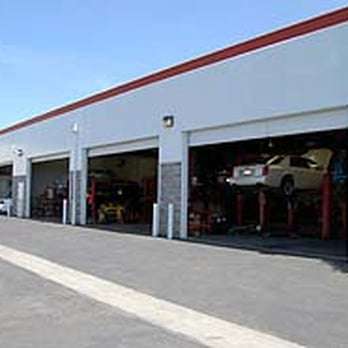The modern automotive landscape relies on a symphony of finely tuned components working in perfect harmony, and often overlooked in this orchestra is the humble belt for car engine․ This unassuming loop of reinforced rubber plays a critical role in powering essential vehicle systems, from the alternator that keeps your battery charged to the power steering pump that makes maneuvering effortless․ Understanding the function, maintenance, and potential problems associated with the belt for car engine can save you from costly repairs and unexpected breakdowns․ We’ll delve into why this component is far more important than its simple design suggests, exploring its various types, signs of wear, and how to keep it running smoothly․
Understanding Your Car’s Belts
Your car’s engine relies on several different belts, each with a specific function․ While the exact configuration varies depending on the make and model, some common belts include:
- Serpentine Belt: A single, long belt that snakes around multiple pulleys to power several accessories․ This is the most common type found in modern vehicles․
- V-Belt: Older vehicles often use multiple V-belts, each powering a single accessory․
- Timing Belt: (covered later) Crucial for engine timing, but fundamentally different from accessory drive belts․
The accessory drive belts, like the serpentine belt, are what we are primarily focusing on here․ They are responsible for transferring rotational power from the engine’s crankshaft to other components․
The Importance of Proper Tension
Maintaining proper belt tension is critical for optimal performance and longevity․ Too loose, and the belt will slip, leading to reduced power to the accessories and potential overheating․ Too tight, and it can put excessive strain on the pulleys and bearings, causing premature wear and failure․
Signs of a Failing Belt
Recognizing the symptoms of a worn or failing belt can help you address the problem before it leads to more serious issues․ Here are some common warning signs:
- Squealing or Chirping Noise: This is often the first sign of a slipping belt, especially when starting the engine or using accessories like the air conditioner․
- Cracked or Frayed Belt: Visually inspect the belt for cracks, fraying, or missing pieces․ Any of these indicate that the belt is nearing the end of its life․
- Glazed Appearance: A shiny, glazed surface indicates that the belt is slipping and overheating․
- Accessory Malfunctions: Dim headlights, weak power steering, or a failing air conditioner can all be symptoms of a slipping belt․
A quick visual inspection is the best way to regularly check the condition of the belt, ideally during routine maintenance like oil changes․ Don’t ignore unusual noises or performance issues; addressing the problem early can prevent a more serious breakdown․
Serpentine Belt vs․ V-Belt
The key difference between these two belt types lies in their design and application․ Serpentine belts are a single, flat belt that drives multiple accessories, while V-belts are wedge-shaped and typically drive only one accessory each․
| Feature | Serpentine Belt | V-Belt |
|---|---|---|
| Number of Belts | One | Multiple |
| Accessories Driven | Multiple | Single |
| Belt Shape | Flat | Wedge-shaped |
| Tensioning | Automatic Tensioner | Manual Adjustment |
| Space Requirements | More Compact | Less Compact |
The Timing Belt: A Different Beast
It’s important to distinguish accessory drive belts from the timing belt․ The timing belt is a critical engine component responsible for synchronizing the rotation of the crankshaft and camshaft(s)․ Its failure can cause catastrophic engine damage․ While accessory drive belts power external systems, the timing belt is intrinsic to the engine’s core operation․ Replacing your timing belt at the manufacturer’s recommended interval is crucial for engine health․
FAQ About Belts for Car Engine
- How often should I replace my car’s belt? Consult your vehicle’s owner’s manual for the recommended replacement interval․ Generally, serpentine belts should be replaced every 60,000 to 100,000 miles․
- Can I replace a belt myself? Replacing a belt can be a DIY project for mechanically inclined individuals, but it requires the right tools and knowledge․ If you’re unsure, it’s best to consult a qualified mechanic․
- What happens if my serpentine belt breaks while driving? You will likely lose power steering, air conditioning, and potentially experience alternator failure, leading to a dead battery․ It’s best to pull over safely and call for assistance․
- What is a belt tensioner? A belt tensioner is a spring-loaded device that automatically maintains the proper tension on the serpentine belt․

